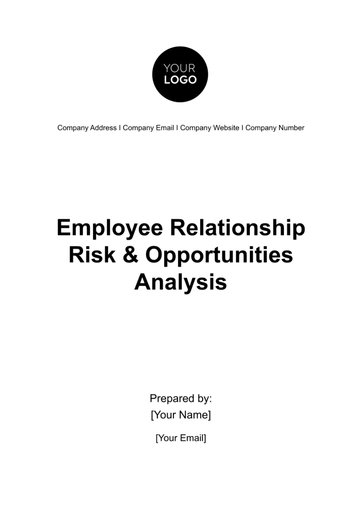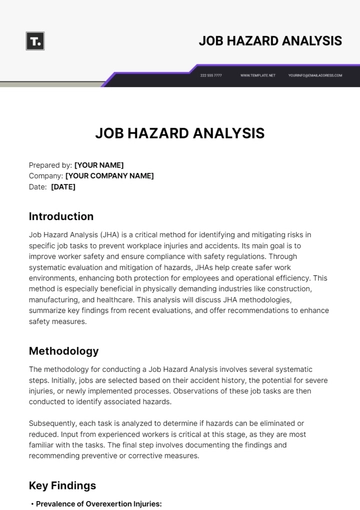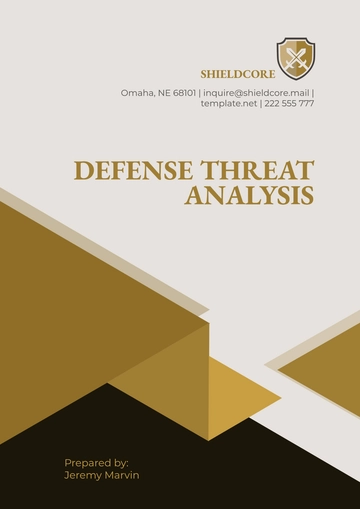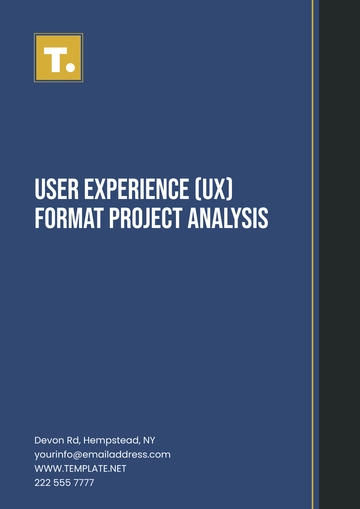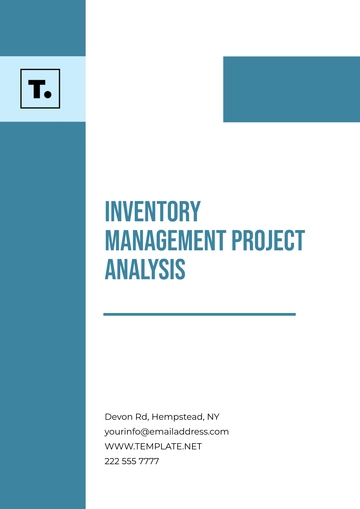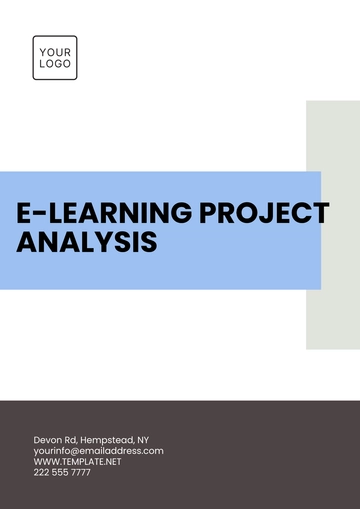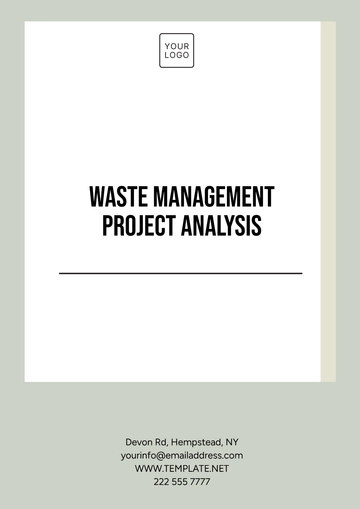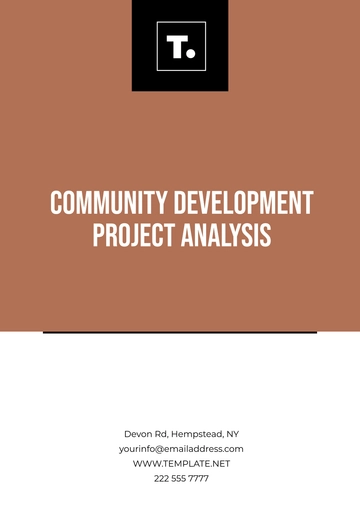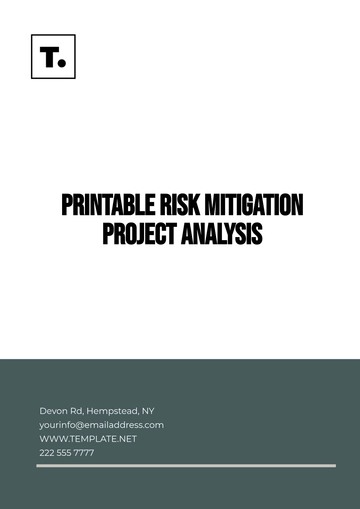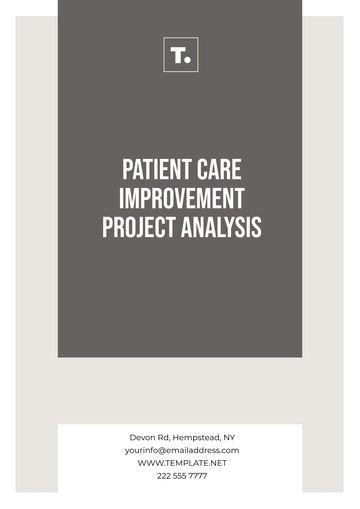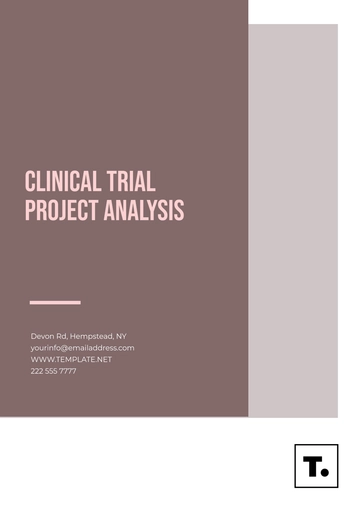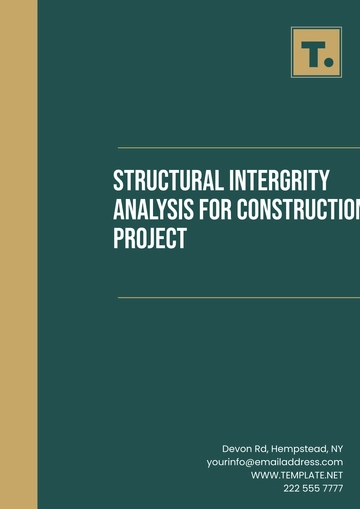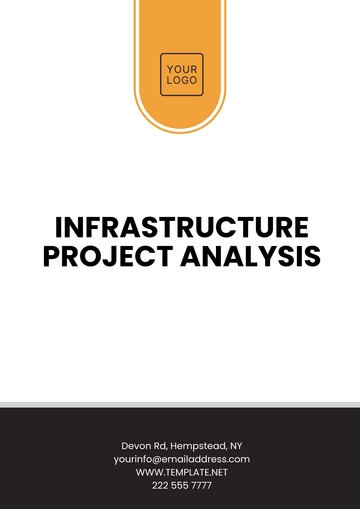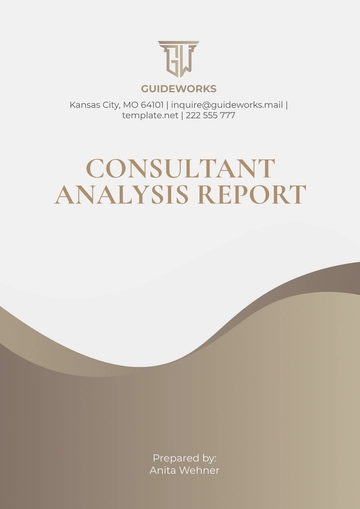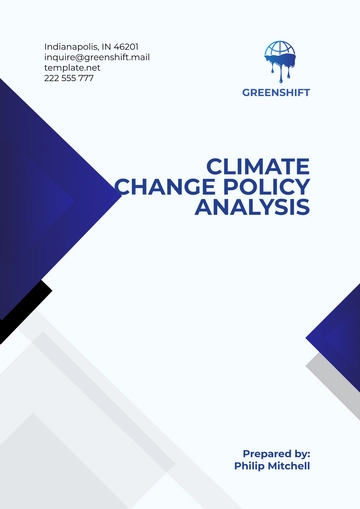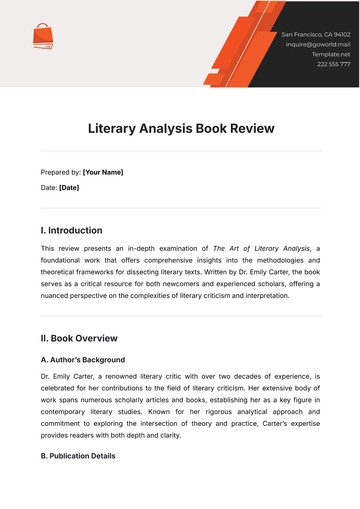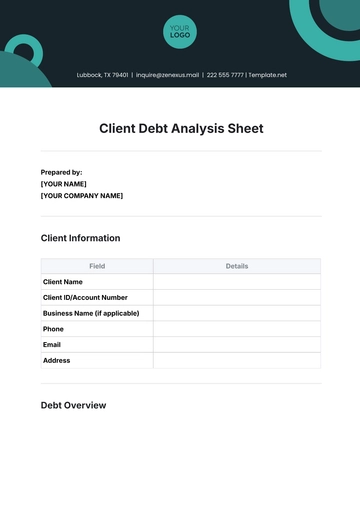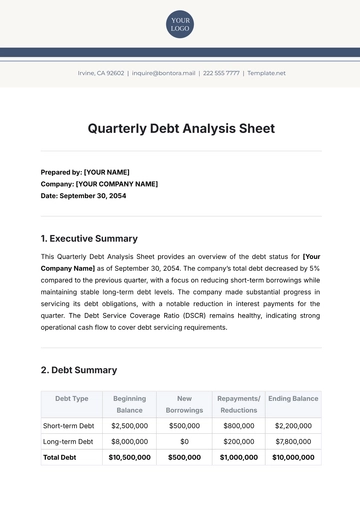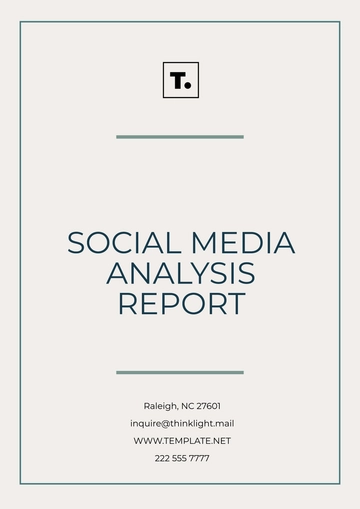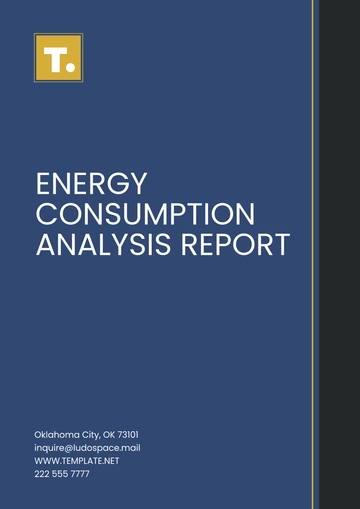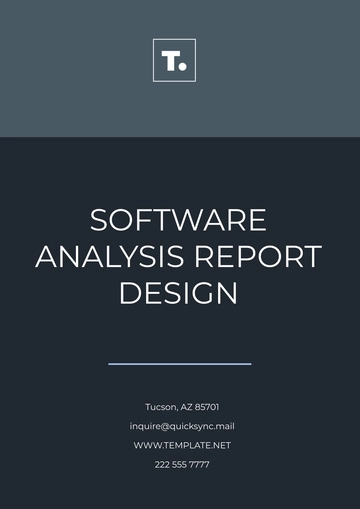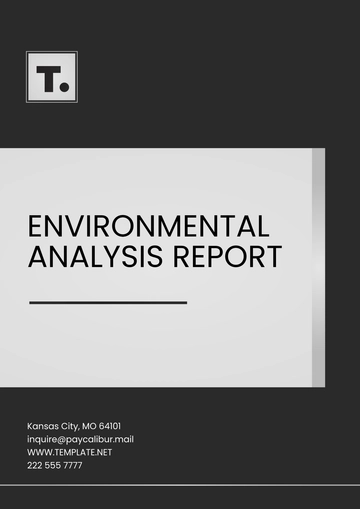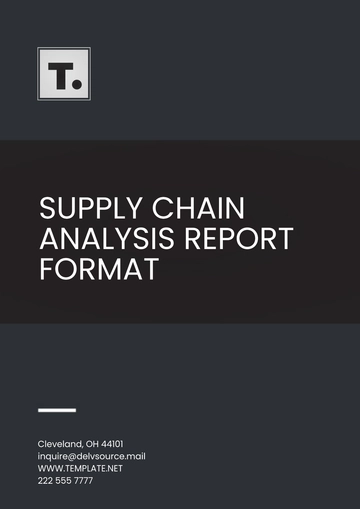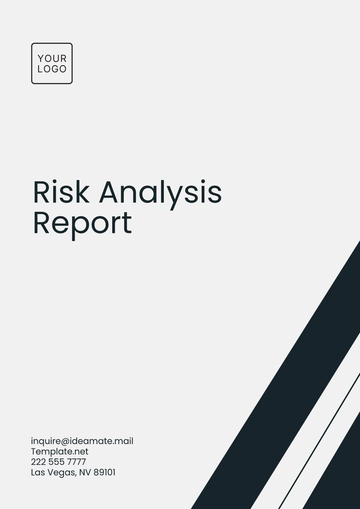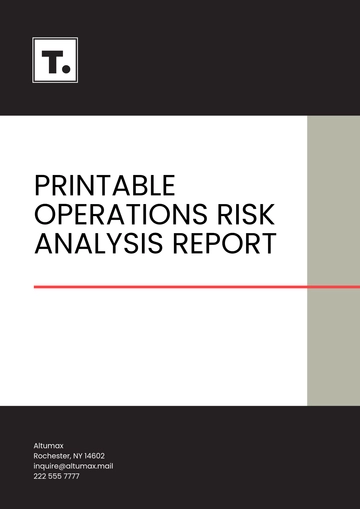Free Nursing Home Risk Analysis
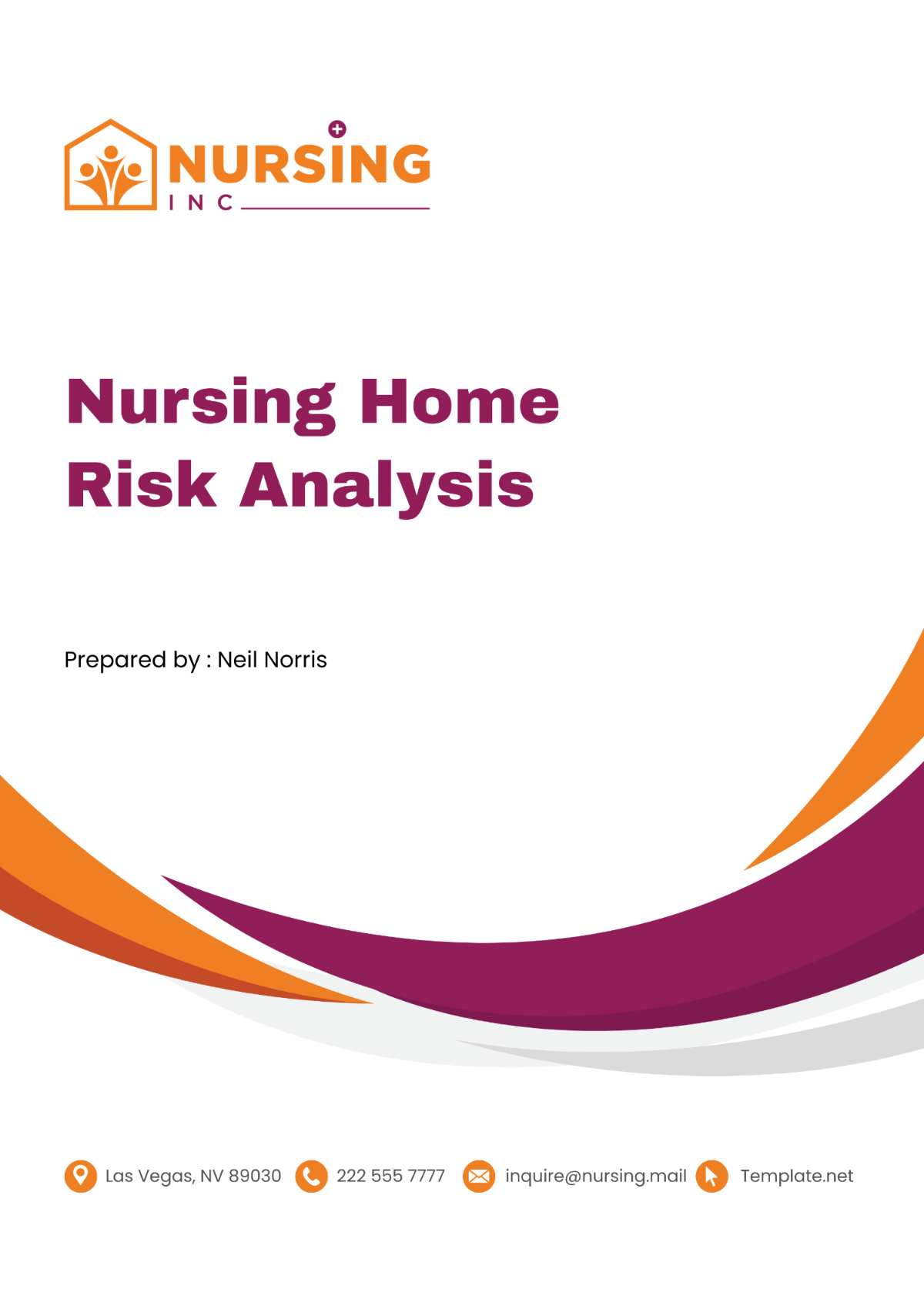
I. Executive Summary
This document presents a thorough risk analysis for [Your Company Name], identifying potential internal and external risks that could impact our operations, staff, and residents. The purpose is to implement effective risk management strategies that ensure the highest level of safety and care within our facility. Key findings indicate areas such as regulatory compliance, patient safety, and cybersecurity as critical risk zones. Recommendations include enhancing staff training, upgrading technology defenses, and developing comprehensive emergency response strategies.
II. Introduction
Purpose
The objective is to pinpoint, meticulously scrutinize, and strategically manage any risks that may pose a potential threat to the operations of [Your Company Name]. Beyond these operational risks, we also seek to protect the established reputation of the company. We are conscious of the fact that unmanaged risks could have substantial consequences on the financial stability of the company. Moreover, we believe that safeguarding the utmost quality of care given to the residents is crucial. Consequently, we strive to mitigate any hazards that could potentially compromise this noteworthy aspect of our services.
Scope and Objectives
Identify potential internal and external risks.
Evaluate the likelihood and impact of identified risks.
Develop and recommend risk mitigation strategies.
Definitions
Risk: A situation involving exposure to danger.
Risk Analysis: The process of identifying and analyzing potential issues that could negatively impact key business initiatives or projects.
III. Background Information
[Your Company Name] operates within a dynamic and highly regulated sector, dedicated to providing comprehensive care and services to the elderly. Our mission is to offer a safe, nurturing environment that respects the dignity and individuality of each resident while providing medical care, daily living assistance, and recreational activities. Compliance with state and federal healthcare regulations, adherence to industry best practices, and the commitment to continuous improvement are foundational to our operations. Our facility includes multiple care units, ranging from independent living quarters to fully assisted living spaces and specialized care units for residents with dementia or Alzheimer’s disease.
The evolving nature of healthcare regulations, advancements in medical technology, and the changing demographics of our resident population necessitate a proactive approach to risk management. Understanding the specific challenges faced by long-term care facilities—including staff recruitment and retention, maintaining high standards of patient care, managing operational costs, and ensuring robust security protocols—is essential for developing effective risk mitigation strategies.
IV. Methodology
Risk Assessment Process
Identification: Listing potential risks through brainstorming, historical data review, and industry standards.
Analysis: Evaluating the likelihood and potential impact of each risk.
Evaluation: Prioritizing risks based on their severity and impact.
Tools and Techniques
SWOT Analysis (Strengths, Weaknesses, Opportunities, Threats)
PEST Analysis (Political, Economic, Social, Technological)
Risk Matrix
Criteria for Risk Prioritization
Likelihood of occurrence
Potential impact on operations
Regulatory compliance requirements
V. Risk Identification
Risk Category | Specific Risk | Description |
|---|---|---|
External | Regulatory changes | Changes in healthcare laws could impact operations. |
Market and economic conditions | Economic downturns could affect funding and resources. | |
Natural disasters | Earthquakes, floods, etc., could damage facilities. | |
Internal | Patient care and safety | Risks related to the health and safety of residents. |
Staffing | Challenges in hiring and retaining qualified staff. | |
IT Security | Threats to the security of digital patient records. | |
Facility maintenance | Issues related to the upkeep of the nursing home. | |
Financial | Risks related to budgeting, funding, and expenses. |
VI. Risk Analysis
Qualitative Analysis
Patient Care and Safety: The cornerstone of our operations, any risk to the quality of care or safety of our residents, could have severe implications. This includes medication errors, insufficient staffing levels, and inadequate emergency response capabilities. Mitigating these risks involves not only rigorous training and strict procedural protocols but also fostering a culture of care and attention to detail among all staff members.
IT Security: In an age where digital information is paramount, the security of our residents' personal and medical data is of utmost importance. Threats such as data breaches, phishing attacks, and ransomware can compromise patient privacy and the integrity of our operations. Strengthening our cybersecurity measures through advanced security software, regular system audits, and staff training in data protection practices is crucial.
Quantitative Analysis
Regulatory Compliance: The likelihood of regulatory changes affecting our operations is high, with potential financial impacts including fines and legal costs running into hundreds of thousands of dollars. A dedicated compliance team, regular audits, and ongoing staff education can mitigate these risks.
Natural Disasters: The probability of natural disasters (e.g., earthquakes, floods) varies by geographic location, but the financial impact can be catastrophic, potentially requiring extensive facility repairs or even relocation of residents. Investments in infrastructure resilience, comprehensive insurance coverage, and detailed emergency preparedness plans are vital risk control measures.
VII. Risk Evaluation
After analyzing and quantifying the risks, we prioritize as follows:
Patient Care and Safety: High likelihood and impact. A critical area requiring immediate and ongoing attention to ensure the well-being and satisfaction of our residents.
Regulatory Compliance: High likelihood of significant financial and operational impact. Essential for maintaining operational licensure and avoiding financial penalties.
IT Security: Increasing likelihood with high potential impact on privacy, financial stability, and reputation. Requires robust defense and response strategies.
Natural Disasters: Medium to low likelihood but high impact. Geographic location plays a significant role in determining specific mitigation strategies.
This evaluation acts as a guideline for us, directing our attention and the allocation of our resources in a manner that aims at mitigating the risks that are considered to be the most significant.
VIII. Risk Control Strategies
Prevention Strategies
Staff Training: Regular training sessions on compliance, patient care, and emergency procedures.
Facility Upgrades: Regular maintenance and upgrades to ensure safety and compliance.
Mitigation Strategies
Emergency Preparedness: Comprehensive plans for natural disasters, including evacuation procedures and emergency supplies.
Cybersecurity Measures: Up-to-date security software, regular IT audits, and staff training on cybersecurity best practices.
Transfer Strategies
Insurance: Adequate coverage for natural disasters, malpractice, and cybersecurity incidents.
IX. Implementation Plan
Risk Control Measure | Timeline | Responsible Party | Resource Allocation |
|---|---|---|---|
Enhance staff training programs | Q1-Q2 | HR Department | Training materials, external trainers |
Upgrade facility security | Q2-Q3 | Facilities Manager | Security systems, maintenance budget |
Review and update IT security | Q1 | IT Department | Software updates, cybersecurity training |
X. Monitoring and Review
The landscape of risks in the nursing home industry is continually evolving, necessitating a dynamic approach to risk management. [Your Company Name] will establish a Risk Management Committee responsible for the ongoing monitoring of identified risks and the identification of new risks as they emerge. This committee will include representatives from various departments, including healthcare, operations, IT, and human resources, ensuring a comprehensive perspective on risk across all areas of our operation.
Performance Indicators: Key metrics for monitoring risk will include incident and accident rates, compliance audit results, employee turnover rates, and feedback from residents and their families. These indicators will be reviewed quarterly to assess the effectiveness of implemented risk control measures and to identify areas for improvement.
Regular Review and Updates: The Risk Management Committee will conduct an annual review of the Risk Analysis document, updating it to reflect any changes in our operational environment, regulatory landscape, or best practices in healthcare and risk management. This review will also consider the effectiveness of current risk management strategies and make adjustments as necessary.
XI. Conclusion
In a sector where the stakes are inherently high, effective risk management is not merely an operational necessity but a moral imperative. [Your Company Name] is committed to ensuring the highest standards of care and safety for our residents through a proactive, comprehensive approach to identifying, analyzing, evaluating, and managing risks. This Risk Analysis document lays the foundation for a structured approach to risk management, but it is the dedication and vigilance of our entire team that will ensure its successful implementation. As we move forward, we will continue to prioritize the well-being of our residents, the satisfaction of their families, and the professional development of our staff, guided by the principles of care, integrity, and excellence.
- 100% Customizable, free editor
- Access 1 Million+ Templates, photo’s & graphics
- Download or share as a template
- Click and replace photos, graphics, text, backgrounds
- Resize, crop, AI write & more
- Access advanced editor
Mitigate potential risks with Template.net's Nursing Home Risk Analysis Template. Expertly designed for comprehensive assessment, this template is fully customizable and editable using our Ai Editor Tool. Identify, evaluate, and strategize against potential threats to safety, quality, and compliance, ensuring a secure and efficient operation. An essential tool for proactive management, exclusively available at Template.net.
